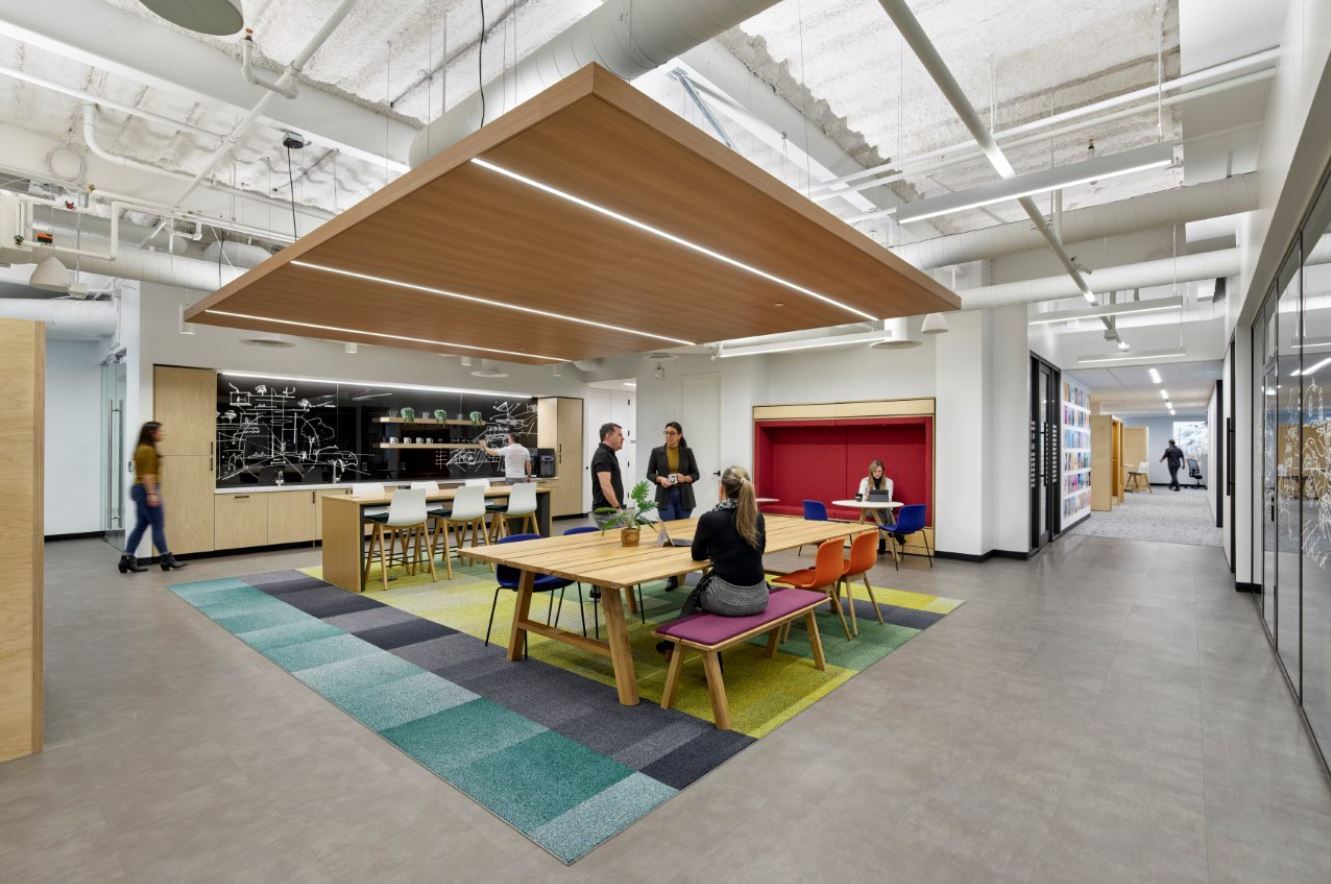
Spacestor Interviews CBRE and Google on Workplace Accessibility
LONDON, UK - 05/04/2023 - As part of the launch of their Experiential Research Interview Series, Spacestor spoke to two workplace accessibility professionals from CBRE and Google, who are leading the way in influencing accessible design, to create spaces which are considered in the light of environments experienced by people with all disabilities.
Megan Bissett is Workplace Change Manager at CBRE and puts herself forward as a representative for “the most underrepresented members of society.” With 3 chronic conditions and having been effected by barriers in the workplace, Megan’s insights mean Spacestor have a unique viewpoint on how considerate design can attract and retain all types of talent. “Accessibility within the workplace, through the environment, technology, and workplace culture, continues to be a barrier to employment for disabled people. If we truly want to have diverse, inclusive, equitable and accessible workplaces, we need to start designing workplaces from the ground up.”
The REWS Global Lead for Accessibility + Inclusion at Google, Tracy Needles, leads a team with a mission to create services and spaces in the workplace that allow Googlers, regardless of their identity, to feel productive, safe, and independent when they come to work every day. She highlighted to Spacestor the common misconceptions which frame existing attitudes towards providing for those that are disabled. “To me is comes down to respect, and as designers and creators of environments or experiences we have the power to either enable someone to feel independent and included or the potential to disable or exclude these same people.”
The importance of architects and designers in influencing the experience of those with disabilities in the workplace has only recently come to the forefront of company’s agenda. With more of a concentration on well-being and inclusivity, the accessible workplace is becoming part of many global corporate’s organizational aims, especially when considering how to attract talent back into the workplace, or how to create a strong culture in a post-pandemic world. Gathering insights from experts can give companies direction in where to start on what may seem a large and overwhelming project.
A significant and often overlooked problem in the workplace which can easily become a barrier is the entrance and layout of a space. Tracy explains that "often this is the first barrier that people encounter, whether that be a door they can’t operate or a hallway that presents hazards such as protrusions for someone who is blind. More generally, circulation can be disabling for a large population if the layout is not thought through at the start."
Megan agrees; "Physical access is a big one - but this doesn’t just include those who use mobility aids, but for example those with autism tend to like a gradual transition into spaces. Wayfinding and the need to have proper, readable signage, not just an app is crucial." She adds "Not having enough spaces to hide away and retreat from others is difficult. The workplace and people can be overwhelming for the best of us, add in disability and neurodiversity, the workplace becomes unnecessarily stressful and triggering."
Another problem pointed up by Spacestor’s global clients is the cost associated with making a space accessible and therefore, this leads companies to doing the bare minimum, reducing their attractiveness to potential employees, and detrimentally effecting the culture within the workplace. Contrary to beliefs, making workplace more accessible is hugely rewarding and pays back exponentially in the long-term.
“Most accessible design does not come at a cost; it is a result of allocating time during design to consider diverse needs and build that into the design from the start.” Tracy explains, and continues saying, “In some ways, this type of design can actually reduce the cost of changes that are needed in the future. For example, while it may seem costly to add auto openers to doorways, it is less expensive to incorporate these at the beginning of design vs. afterwards to accommodate someone or adhere to a law.”
Moreover, the benefits of inclusion, staff engagement, realisation of potential goes past any costs, when a space is as accessible for all as possible. Megan sums it up, “disability is expensive for those with disabilities, often the requirements benefit all employees. We are never going to fix or change the current state of things without spending some money, but the return on investment will be invaluable.”
It is up to the workplace industry to actively embrace this design thinking, speak to employees, gain insights as to experiences and investing in the well-being and potential of their people. Designing from the ground up, installing products which are accessible and sustainable and considering throughout the whole process, the influence that the actions of today will have on the future of workplace. Download the Spacestor whitepaper with more insights from Megan and Tracy here.
About Spacestor - Spacestor is the creator of architectural, space-defining furniture that seamlessly blends California cool with London Design. With a legacy spanning three decades, Spacestor first established themselves as a key innovator of workspace furniture and design thinking in the United Kingdom, but today, the company holds offices in London, Manchester, Los Angeles, Philadelphia, Chicago, and New York City - giving them a unique position to observe and learn from some of the most creative and successful global companies. From their long-term engagements with clients like Google, JP Morgan, and Pfizer, Spacestor knows how a sustainable workspace environment drives organizational goals; whether building great team culture in a hybrid world or exciting people to be back in the office again.

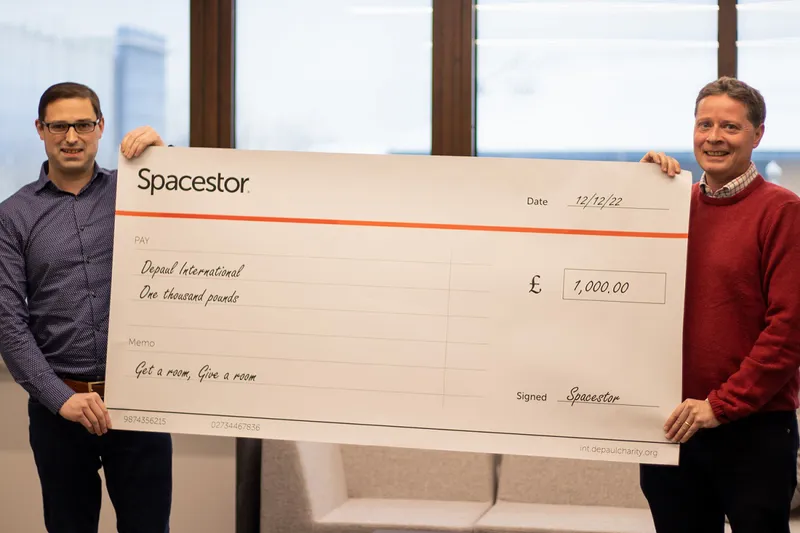

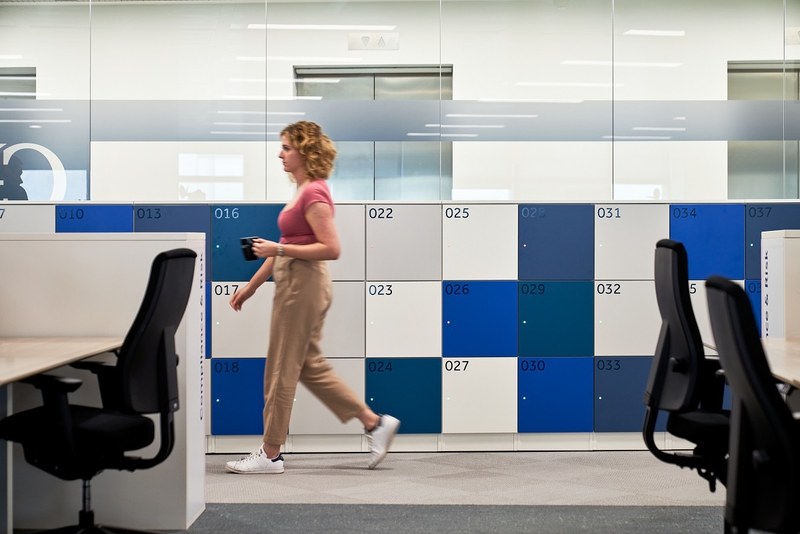
A space providing for its people; flexible, inclusive, and functionally effective
PROFESSIONAL SERVICES
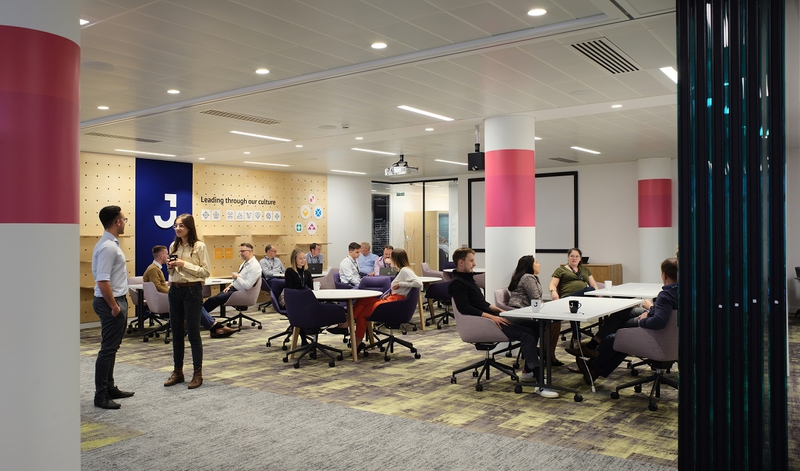
Offering a glimpse into the future of place as they applied their insights, expertise and solutions to new ways of work…
ARCHITECTURE & DESIGN, TECHNOLOGY & IT
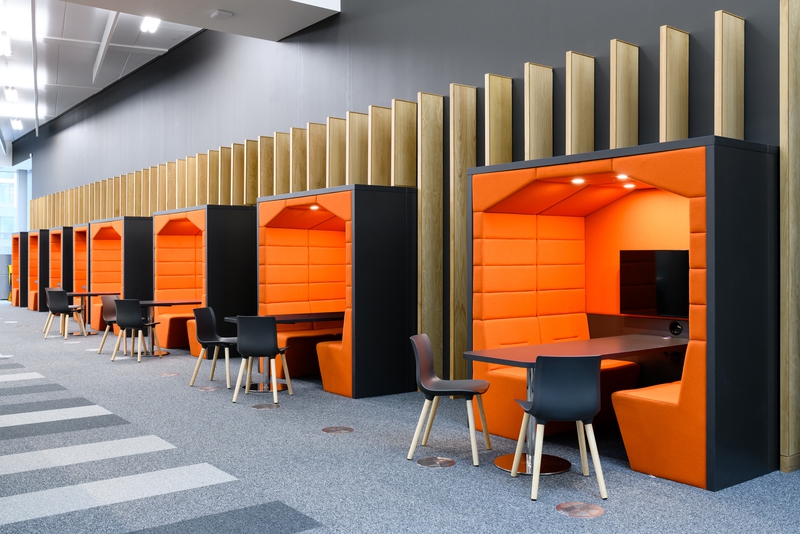
An extra 100,000 square foot for the Curzon Building of BCU, providing enviable facilities for this hub of student exce…
EDUCATION